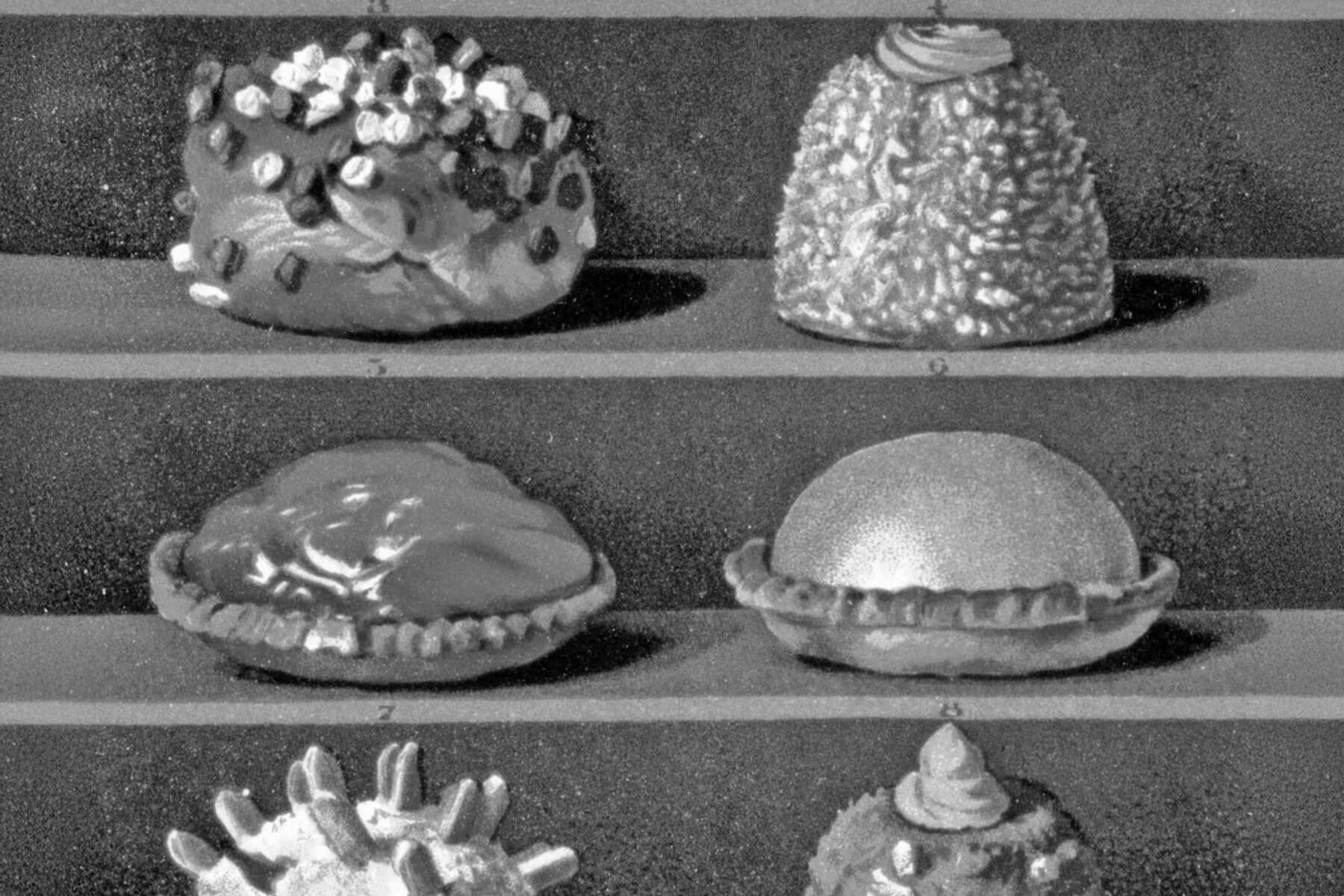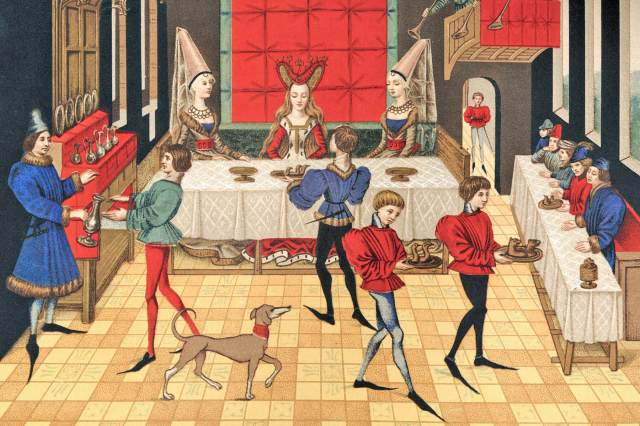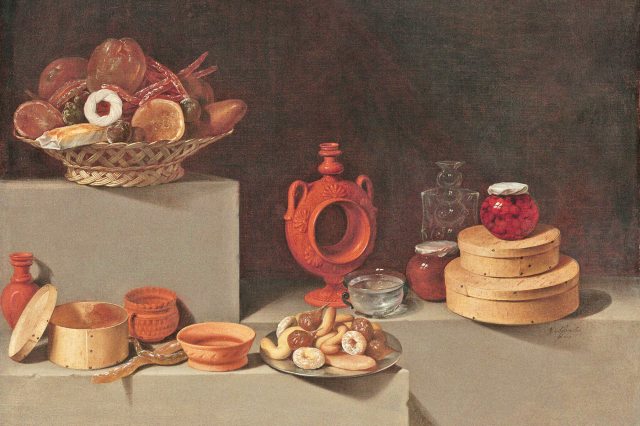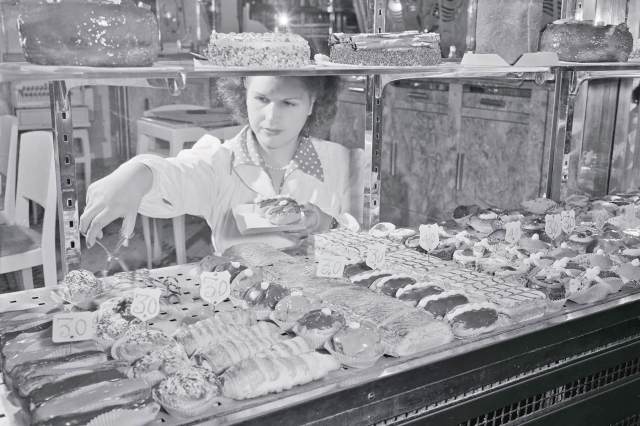When Did People Start Eating Sweets for Dessert?
Most of us don’t give a whole lot of thought to the habit of finishing a satisfying meal with a dessert of something sweet — we’re too busy savoring the delectable mouthfuls of cake, custard, or ice cream.
Yet this is a clear culinary tradition that many people follow. While some may elect to eat sweets before a main course, and others simply dig into pie or brownies at any time of the day, most adhere to the standard operating procedure of dessert after the main course at lunch or dinner. But how and when did this order come about? Why do we eat sweets after a savory meal, and not the other way around?
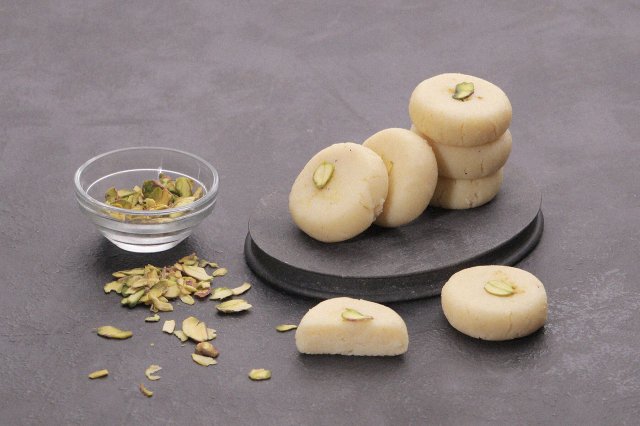
Humans Evolved To Have a Need for Sweets
To start somewhere close to the beginning, the craving for sweets is biological. Our hominid ancestors realized they derived more energy from ripe fruit with a higher sugar content than unripe fruit, and humans evolved with a hardwiring that connected sweetness to pleasurable feelings.
This primal need perhaps explains why sweets have traditionally featured into religious ceremonies for many cultures. As described in Michael Krondl’s Sweet Invention: A History of Dessert, Mesopotamian cooks prepared cakes as an offering to the goddess Ishtar. Similarly, Hindus throughout India have presented a sugar and milk concoction known as pedha to deities such as Kali for more than two millennia.
At times, the ritual of serving sweet dishes at distinct intervals has translated to something similar to the modern idea of dessert. After a day of fasting in celebration of Krishna’s birthday, Hindus traditionally indulge in treats such as bhog kheer, a pudding, or shrikhand, a sugar-flavored yogurt. In Turkey, the end of fasting at Ramadan means an opportunity for celebrants to sink their teeth into baklava, a beloved pastry.
Of course, the preparation and consumption of sweets has long been a part of secular mealtimes as well. The Deipnosophists, a work from the third-century Greek writer Athenaeus of Naucratis, describes an array of honey-coated fare served over a series of lavish banquets. However, the now-commonplace notion of specifically relegating such sweeter foods to the end of a meal has its origins in France.





